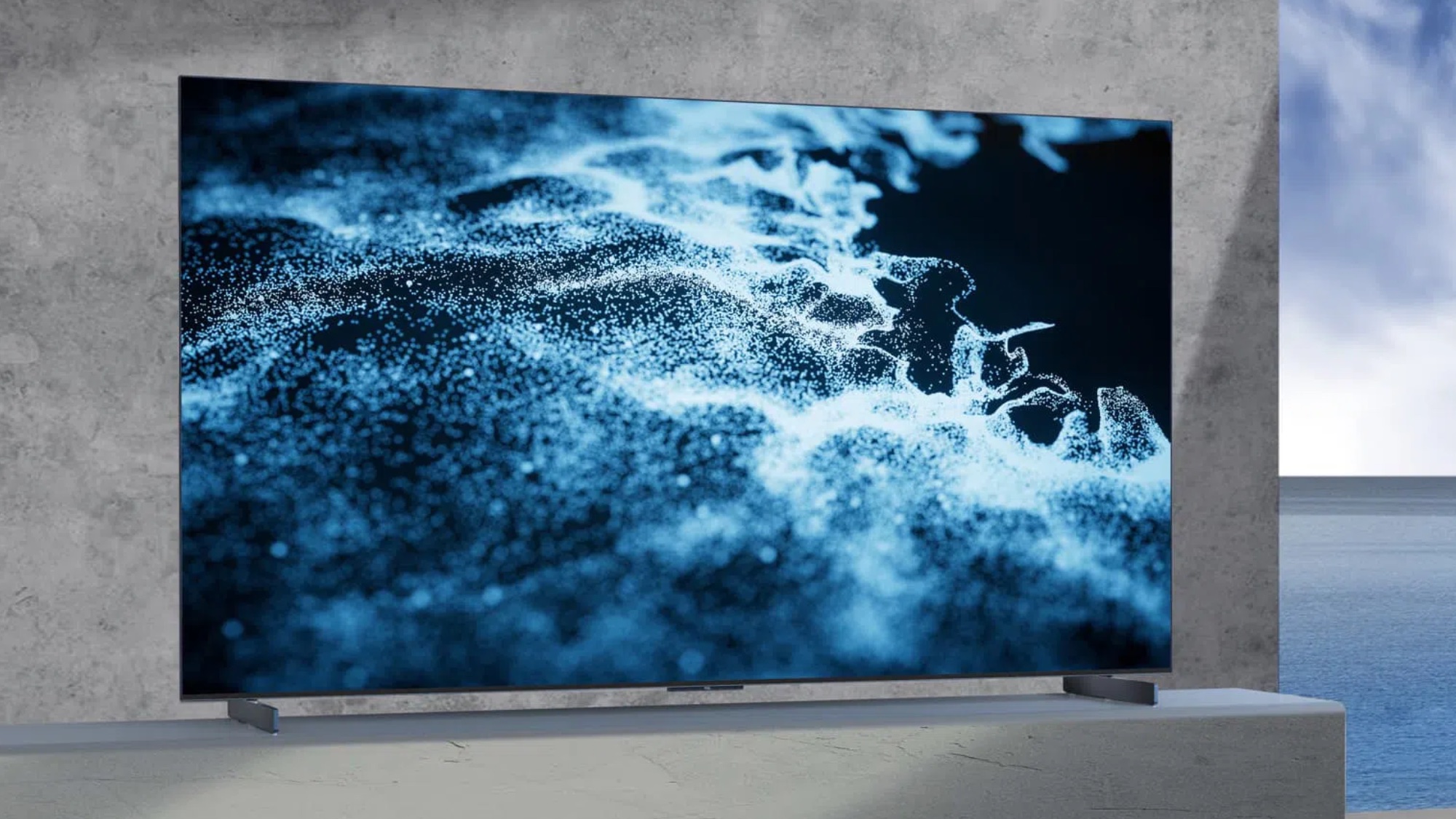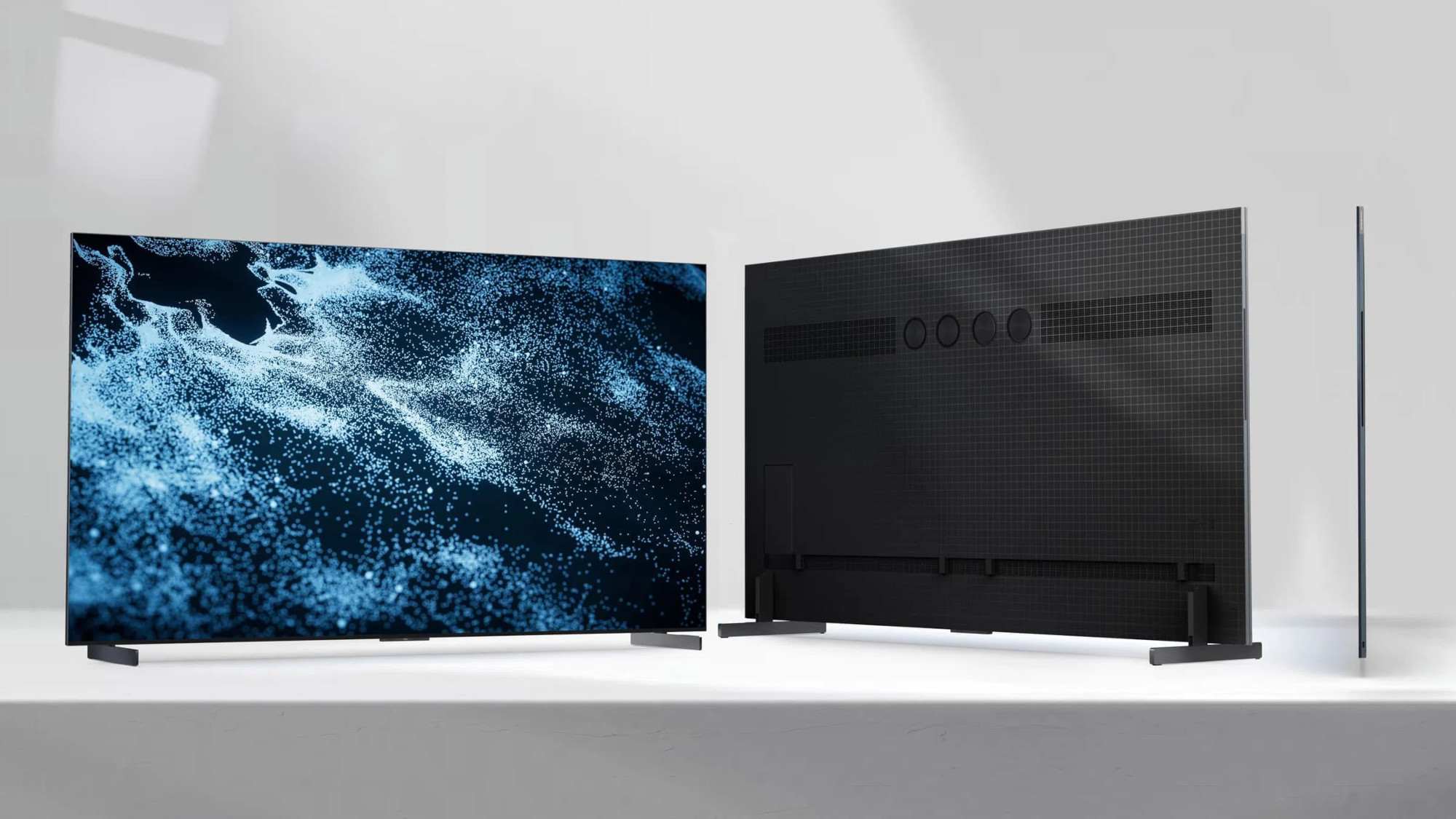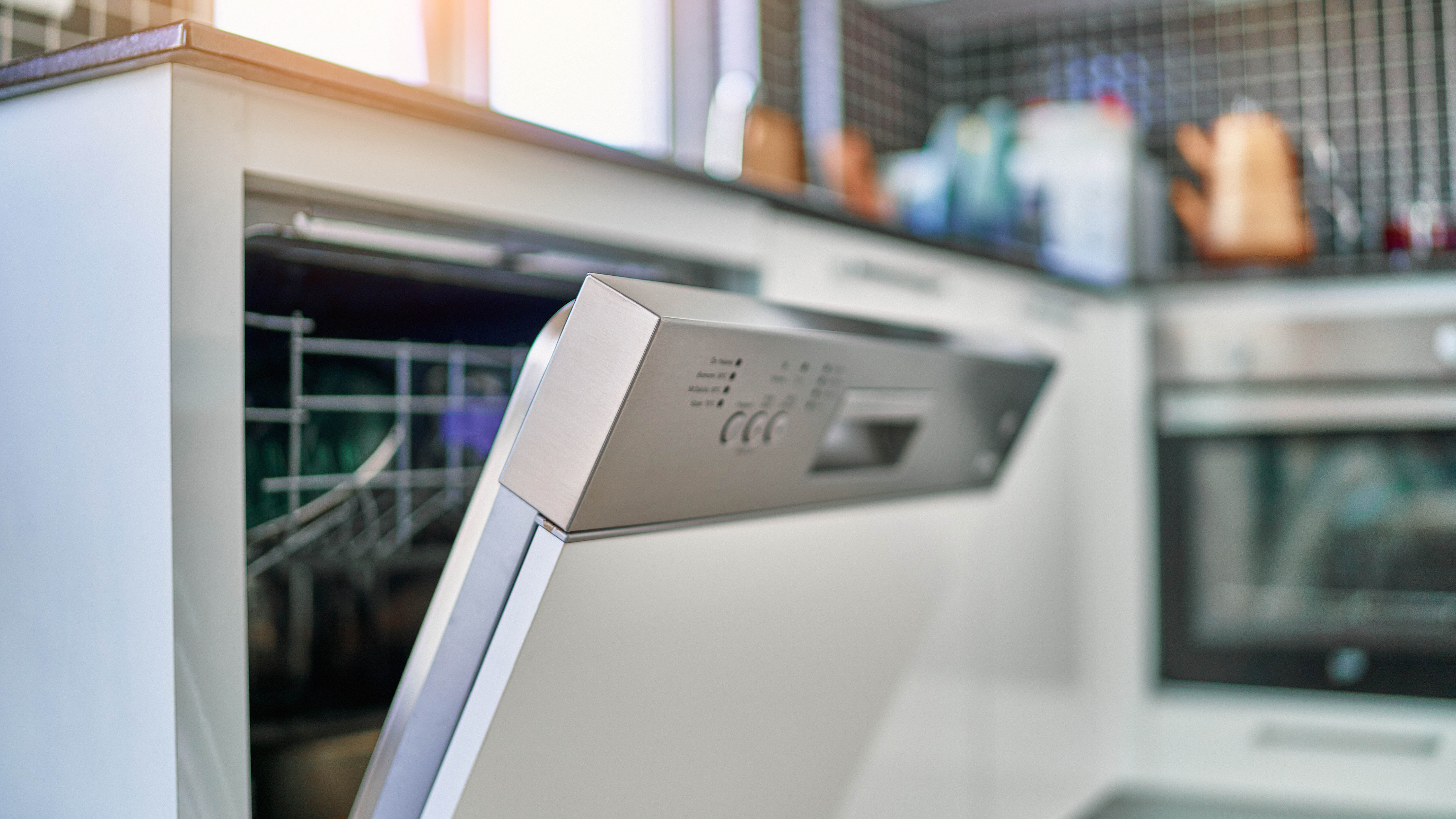
TCL is vying for supremacy over its biggest rival in Hisense with the debut of its 2025 Mini-LED TV that it claims can hit a peak brightness of 6,500 nits and sports over 14,000 dimming zones.
Called the TCL QM952G, or more simply the 2025 QM9 Mini-LED TV, which TCL rolled out at IFA 2024 in Berlin. It’s set to be TCL’s flagship TV next year, wrangling together a stacked spec sheet that includes a 144Hz refresh rate that can boost up to 240Hz at half the resolution, plus a 6.2.2-channel Dolby Atmos speaker.
Following in line with the 2024 TCL TV lineup and various competitors, the QM9 will leverage Google TV as its main interface. And, given how TVs are getting bigger, it will only be available in 85-inch and 98-inch configurations.
Pricing on both models was not disclosed at the event and the official launch is still up in the air. With claims of its brightness far surpassing some of the best TVs we've tested, the QM9 could be quite the foil to Sony and, more importantly, Hisense.
TCL’s weapon against Hisense

As the talk of the town at IFA Berlin this year, the TCL QM9 Mini-LED TV might well rank among the best 85-inch TVs upon its debut. TCL has some big words behind it, claiming its 2025 flagship will come equipped with a peak brightness of 6,500 nits, an incredible achievement if true and one that will be the highest seen in any TV.
Currently, the two TVs with the highest peak brightness as tested by Tom's Guide are the Hisense U9N Mini-LED TV (3340 nits) and the Hisense UX Mini-LED TV (3734 nits), which serve as its premium offerings in its 2024 TV lineup. These numbers were collected in HDR Theater mode, with Vivid being even higher.
TCL is also claiming the 85-inch QM9 will come equipped with 10,386 dimming zones while the 98-inch will only have 14,112. To put that into perspective, the TCL QM8 Mini-LED TV, its flagship 2024 model, sports all but a mere 5,184 zones. The 2024 Hisense 98UX is currently the pinnacle of local dimming with 10,000 zones.
Sign up to get the BEST of Tom's Guide direct to your inbox.
Get instant access to breaking news, the hottest reviews, great deals and helpful tips.
The TCL QM9 comes in just those two sizes and will leverage all the latest features you can expect to see on modern TVs, including the range of HDR compatibility, from HDR10 and HDR10+ to HLG and Dolby Vision IQ. Its 6.2.2-channel Dolby Atmos speaker system also means you won't have to shell out for one of the best soundbars.
Gamers will also be pleased to know the QM9 will have a 144Hz refresh rate that can be pushed to 240Hz when sacrificing 4K resolution. It's a concept gaining traction largely among the best gaming monitors but found its way onto TCL's 2024 TV lineup, aptly called Game Accelerator 240.
TCL has not yet confirmed pricing details or a launch window, but judging by the fact that it's TCL's 2025 flagship we'll have a bit of wait before it's officially launched. It could most likely make an appearance at next year's CES event in January, as well.
TCL also unveiled an alternative budget model in the C765 Mini-LED TV. Unlike its more premium counterpart, the C765 will be available in sizes from 55-inch to 98-inch and will also have the same Game Accelerator 240 feature.
QM9 vs OLED TVs
It's no secret that OLED TVs typically have lower brightness compared to LCD models. It's why buyers tend to go with Mini-LED over OLED, as not only are these models brighter but they too are usually less expensive. In terms of TCL's QM9, its spectacular brightness potential will only further this ideal, and it's already blowing some of the best OLED TVs out of the water in this category.
According to our testing, the TCL QM9 is nearly four times brighter than the brightest OLED TV, the LG G4 OLED, which comes in at around 1514 nits in a 10% window. This gives the QM9 quite the edge against its biggest competitors, but it's not as simple as bigger number equals better performance.
There are several key factors that make OLED TVs leagues superior over their Mini-LED rivals, namely viewing angles, improved protection against blooming, far better color quality, and richer black levels. Mini-LED TVs, on the other hand, tend to have better pricing, a wider range in sizes, better burn-in mitigation, and, as you might expect, far better brightness.
While we don't yet know what the QM9 prices are, it could be a fair alternative to more premium OLED displays — that is of course if you're willing to sacrifice those perfect blacks and better colors. What limits the QM9's reach in this realm, however, is the fact that it only comes in an 85-inch and 98-inch sizes, which locks out a lot of buyers that don't have as much space for such a massive screen.
For perspective's sake, the LG G4 OLED comes in a range of sizes starting from 55-inch and going all the way up to 97-inch, giving you leeway in situating it within your living room. It's unclear if TCL will go with a wider range following the QM9's official debut, but its 2024 QM8 did have a 65-inch and 75-inch configurations.
So, should you buy an OLED TV or wait for the QM9? It's hard to tell and dependent on your needs, but if the price is right and you have enough space for it, the QM9 could be the better option.
More from Tom's Guide

Ryan Epps is a Staff Writer under the TV/AV section at Tom's Guide focusing on TVs and projectors. When not researching PHOLEDs and writing about the next major innovation in the projector space, he's consuming random anime from the 90's, playing Dark Souls 3 again, or reading yet another Haruki Murakami novel.
